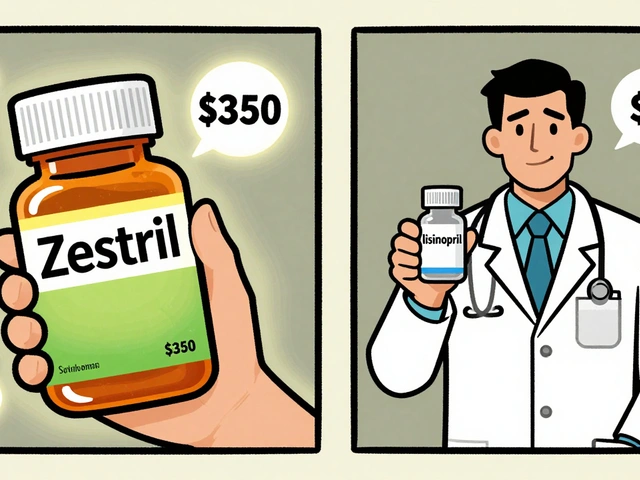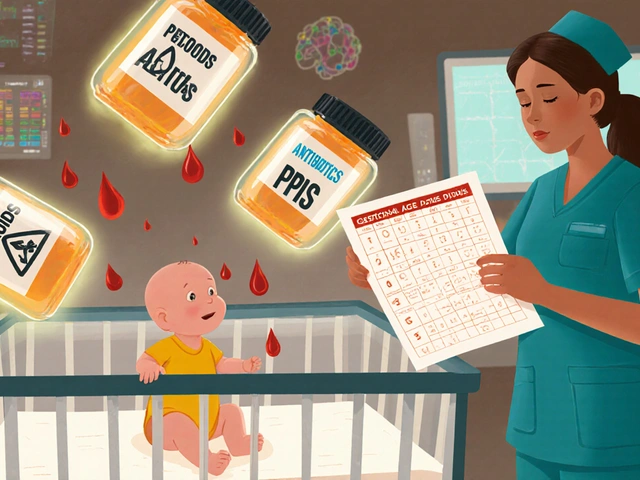Ringworm Treatment Guide: How to Get Rid of It Fast
Got a red, itchy patch on your skin that looks like a ring? That’s probably ringworm, a common fungal infection that loves warm, damp places. The good news? Most cases clear up with simple steps you can start today.
The first thing to do is confirm it’s ringworm. The classic sign is a round, scaly patch with a clearer center, often on the arms, legs, or face. If you’re unsure, a quick visit to a pharmacist or doctor can give you a proper diagnosis.
Over‑the‑counter options that work
Most ringworm cases respond to antifungal creams, sprays, or powders you can buy without a prescription. Look for active ingredients like clotrimazole, miconazole, terbinafine, or butenafine. Apply a thin layer to the affected area and the skin around it twice a day, usually for two weeks— even if the rash looks better after a few days.
Don’t forget the surrounding skin. Fungi spread easily, so a little extra coverage helps prevent a comeback. If the infection is on the scalp, use a medicated shampoo containing ketoconazole or selenium sulfide a few times a week.
When OTC products don’t clear the rash after a full course, or if the infection spreads, it’s time to see a doctor. Prescription pills like terbinafine or itraconazole work from the inside out and are especially useful for stubborn cases or infections on the nails.
Home care and prevention tips
While the cream does the heavy lifting, everyday habits speed up healing and keep the fungus from returning. Keep the area clean and dry; after washing, pat the skin dry with a clean towel and let it air a bit before putting on clothing.
Change socks and underwear daily, and choose breathable fabrics like cotton. If you sweat a lot, shower right after exercise and change out of damp clothes immediately.
Fungi love shared surfaces. In gyms, public showers, or locker rooms, wear flip‑flops and avoid sitting directly on benches. Disinfect shared equipment with a diluted bleach solution or an antifungal spray.
Home remedies can complement medical treatment. Applying diluted tea tree oil (a few drops in a carrier oil) or using a mixture of apple cider vinegar and water as a wash can soothe itching, but they shouldn’t replace antifungal meds.
If you have pets, check them too. Cats and dogs often carry the same fungus, so a quick vet visit and a course of pet‑safe antifungal shampoo can stop a two‑way infection.
Finally, watch the signs that call for professional help: the rash spreads rapidly, becomes painful, shows pus, or you develop a fever. Those symptoms may mean a secondary infection that needs antibiotics.
Ringworm is annoying, but with the right cream, good hygiene, and a few practical habits, you’ll be back to clear skin in no time. Stick to the treatment plan, keep things dry, and don’t let the fungus linger—your skin will thank you.





